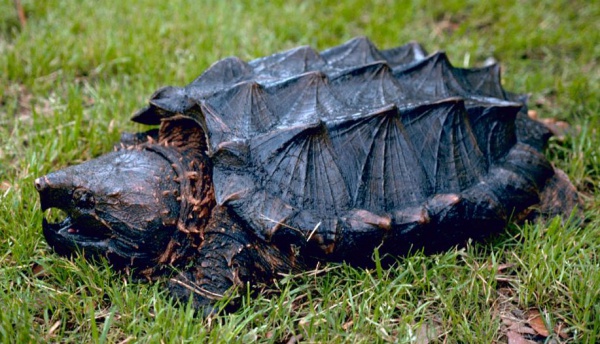Facts About Alligator snapping turtle
The alligator snapping turtle is a captivating creature that inhabits the freshwater ecosystems of the United States. Renowned as one of the heaviest freshwater turtles globally and the largest in North America, these turtles are easily identifiable by their powerful jaws and distinctive ridges on their shells, which resemble an alligator's skin.
Recent research has indicated that there are actually two distinct species within the genus Macrochelys. The name "alligator snapping turtle" is derived from both their appearance and behavior, including their unique hunting tactics and camouflaged mouths. These turtles are opportunistic feeders, primarily consuming fish, mollusks, carrion, and other aquatic animals.
These turtles are predominantly found in the southeastern waters of the U.S., and they can grow to notable sizes. Males are generally larger than females and possess certain physical characteristics that distinguish them from their female counterparts. Due to their powerful bite, alligator snapping turtles can be dangerous and must be handled carefully. In captivity, they require specific diets and environmental conditions to thrive.
These turtles reproduce annually, with females laying eggs that develop into males or females depending on the incubation temperature. They are believed to have a long lifespan, potentially reaching up to 200 years in the wild, although their lifespan in captivity typically ranges from 20 to 70 years.
Regrettably, alligator snapping turtles face several threats, including predation, habitat destruction, overharvesting, and the exotic pet trade. They are listed as a threatened species and are protected in several states. There have also been reports of invasive populations in countries such as South Africa and various European nations, raising concerns about their impact on local ecosystems.

 Canada
Canada